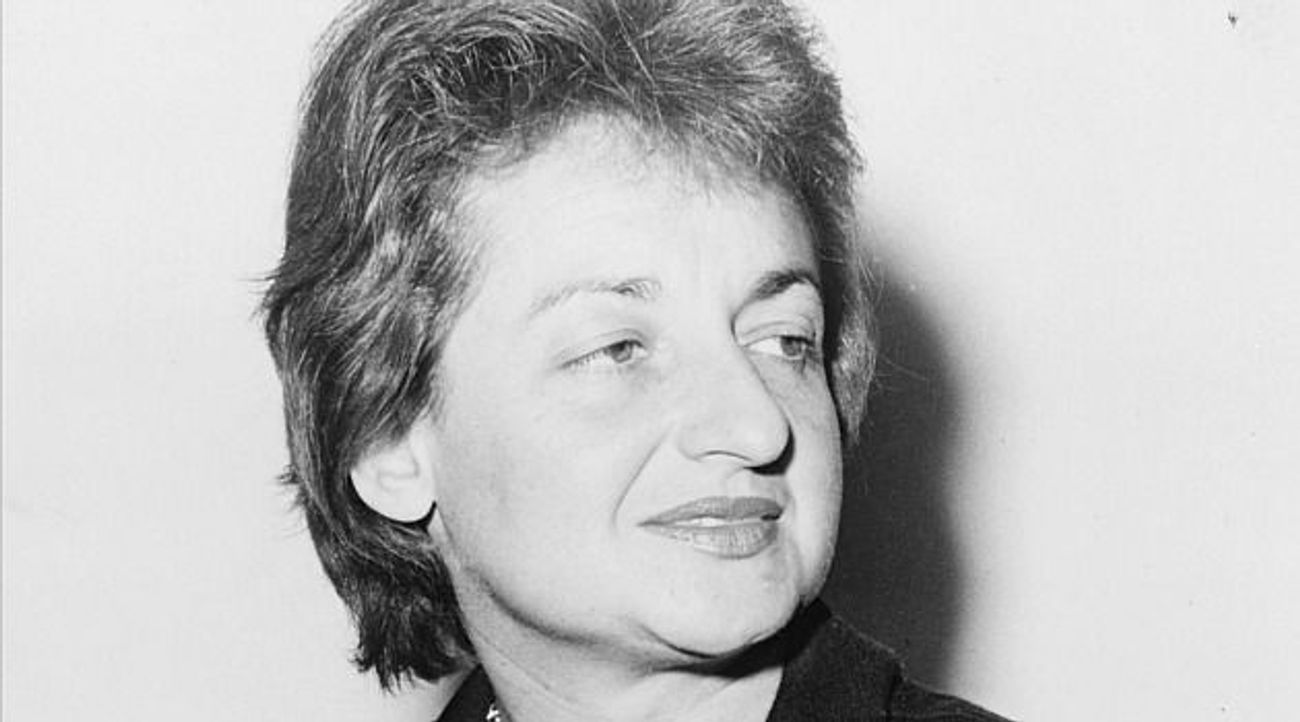

Betty Friedan was president of NOW from 1966 to 1970.ĭisplayed under a second glass case are the handwritten first drafts of Friedan’s early manuscript. Under the “marriage” heading in her comprehensive poll, Friedan included questions like: “Is it truly satisfying?” and “How does it compare with your expectations of marriage?” On Friedan’s own survey next to the question “To what extent do you talk to your husband about your deepest feelings?” she wrote: “Only after an emotional crisis or rift.”įriedan pitched an article based on her findings to several magazines, but when the editors balked, she changed course and spent the next several years turning her research into a book.įrustrated with the slow rate of change in laws and cultural expectations for women, a group of men and women founded the National Organization for Women (NOW) in 1966. The survey, along with some revealing responses, is contained in the show’s first glass case.

“For an honest, soul-searching picture of what we have become, be candid, elaborate where the spirit moves you,” urges the first line of the survey Friedan distributed to members of her college class at their 15-year reunion. The exhibit also touches on the National Organization for Women (NOW), which she helped found in 1966, and her connection to the President’s Commission on the Status of Women, whose report, also released in 1963, candidly assessed women’s status in American society. “It Changed My Life: The Feminine Mystique at 50” was gleaned from the 150 boxes of Friedan material housed at the library.Īrranged in seven glass cases, the exhibit offers viewers a look at the book’s genesis and at the passionate reactions that Friedan’s work inspired. “We felt like the exhibit should be about the writing of the book,” said Jenny Gotwals, lead manuscript cataloger, who helped assemble the show. What began as a college reunion survey (a copy is on display) morphed into a treatise of 300-plus pages that looked deeply into gender, power, and sexuality.

6 charts the evolution of Friedan’s seminal work.

Her revolutionary book touched a deep nerve in American society, and was credited with starting what came to be known as the women’s liberation movement.Ī revealing exhibit at the Schlesinger Library on view through Feb. They longed, she said, to be more than just perfect housewives and doting mothers. This year marks the 50th anniversary of Betty Friedan’s “The Feminine Mystique,” a culture-shaking manifesto that detailed what the 1942 graduate of Smith College called the “problem that had no name.”įriedan’s “problem” was a simmering lack of fulfillment among women at midcentury.


 0 kommentar(er)
0 kommentar(er)
